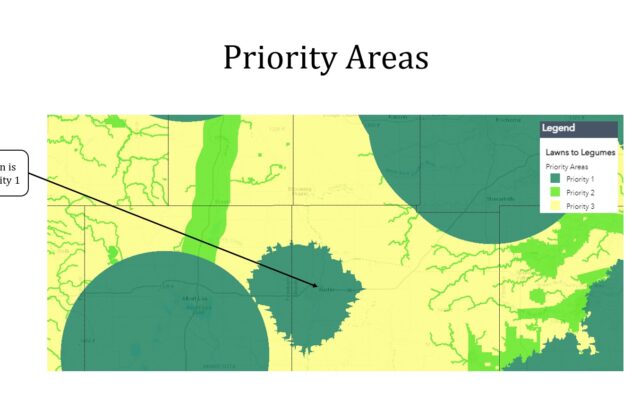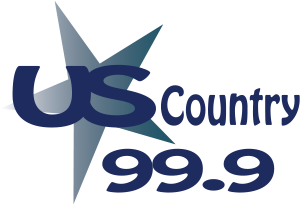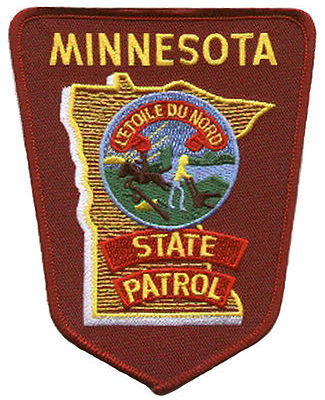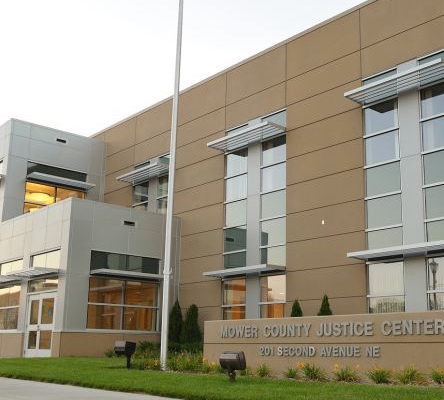“Pocket prairies” wanted at Mower County homes

Pocket prairies to increase habitat for bees, monarch butterflies and other at-risk pollinators are wanted in Mower County yards, particular for those in the prioritized Austin area.
State cost-share funding can help residents make that happen this year through the Lawns to Legumes program by the Minnesota Board of Soil & Water Resources (BWSR).
Minnesota residents with an outdoor planting space in a residential area can apply through Jan. 18 for up to $350 in cost-share funds from BWSR for the “Your Yard can BEE the Change” initiative. BWSR also is providing workshops, coaching and gardening resources to any interested residents.
Mower Soil & Water Conservation District is leading the push locally for getting Mower County residents to apply.
The program is focused on residential settings across the state but has prioritized areas, including the City of Austin, where the endangered Rusty-Patched Bumble Bee has been confirmed.
Lawns to Legumes grants are for reimbursing approved residents for their costs related to establishing new pollinator habitat in their yard that is maintained for at least three years.
Recipients need to contribute a 25 percent match in the form of buying materials, hiring contractors or as in-kind time spent planting and maintaining their projects.
You do not have to be a homeowner to participate in Lawns to Legumes. Funding is allocated for residential properties, which does not include businesses, schools or churches, and is provided by the Environment and Natural Resources Trust Fund (ENRTF).
Notifications about BWSR’s funding decisions for Lawns to Legumes will be sent in February to applicants. Those who do not receive funding are encouraged to pursue do-it-yourself projects using online resources, including BWSR’s “Planting for Pollinators Habitat Guide,” gardening templates, tips for selecting native plants and more.
John Jaschke, executive director of BWSR, said the Lawns to Legumes program empowers Minnesotans to make a difference for pollinators in their own living spaces.
Native plants for pocket prairies must be “locally sourced” in that they come from within 150 miles of your location.
Minnesota is home to more than 450 native bee species. Pollinators also include moths, beetles and native flies. All play a key role in pollinating many food crops and native plants but pollinator populations have declined greatly worldwide in recent years. This can be attributed to habitat loss and lack of related nutrition for pollinators as well as pesticide use and pathogens.
Lawns to Legumes seeks to combat population decline by creating new pollinator habitat and habitat corridors that provide food sources and nesting space for pollinators.



